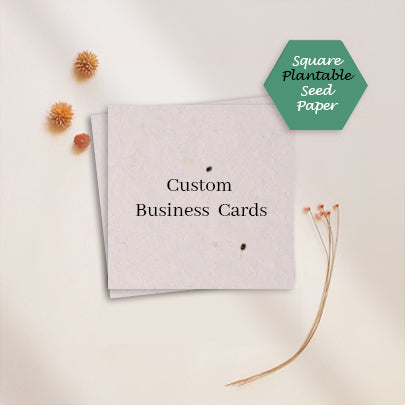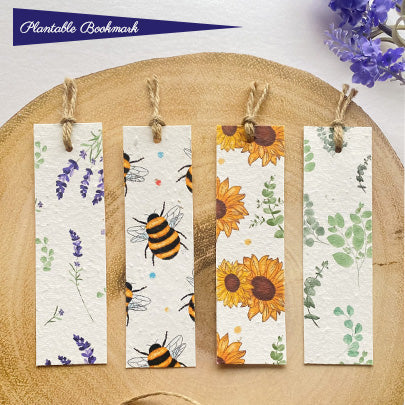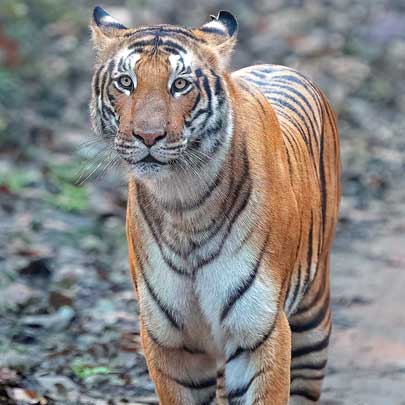Birdwatching In Kanha National Park: Top Birds To Spot
1. Indian Roller
- Identification: Bright blue wings and chestnut body.
- Behavior: Known for its striking aerobatics during flight.
- Habitat: Open grasslands and forest edges.

2. Malabar Pied Hornbill
- Identification: Large black and white bird with a prominent casque on its beak.
- Behavior: Often seen in pairs, feeding on fruits.
- Habitat: Dense forests and tall trees.

3. Crested Serpent Eagle
- Identification: Large brown eagle with a striking crest and yellow eyes.
- Behavior: Known for gliding gracefully in search of prey.
- Habitat: Forested areas and open clearings.
4. Asian Paradise Flycatcher
- Identification: Long, flowing tail feathers (male), white or chestnut plumage.
- Behavior: Agile insect hunter, often seen flitting through trees.
- Habitat: Dense forest canopies.

5. Black Ibis
- Identification: Glossy black body with a red crown.
- Behavior: Feeds in wetlands and fields.
- Habitat: Wetlands and riverbanks.

6. Common Kingfisher
- Identification: Small bird with blue-green plumage and an orange belly.
- Behavior: Dives swiftly into water to catch fish.
- Habitat: Streams, ponds, and waterbodies within the park.

7. Bar-headed Goose (Winter Migrant)
- Identification: Grey body with two black bars on the head.
- Behavior: Seen grazing in wetlands and grasslands.
- Habitat: Wetlands during winter.
8. Rufous Treepie
- Identification: Rusty brown body with black and white markings on the wings.
- Behavior: Sociable bird often seen in mixed flocks.
- Habitat: Forests and open areas.

9. Lesser Adjutant Stork
- Identification: Large stork with a bare neck and dark plumage.
- Behavior: Frequently found wading in shallow water.
- Habitat: Marshes and wetland areas.

10. Green Bee-eater
- Identification: Vibrant green plumage with a long, forked tail.
- Behavior: Catches insects mid-flight.
- Habitat: Grasslands and forest edges.

Tips for Birdwatching in Kanha
-
Best Time to Visit:
- October to March, when migratory birds arrive, and the weather is pleasant.
-
Essential Gear:
- Binoculars, a bird field guide, and a camera with a telephoto lens.
-
Where to Go:
- Bamni Dadar (Sunset Point) and Kanha Meadows are hotspots for birdwatching.
-
Patience is Key:
- Birds can be elusive, so remain quiet and move slowly to avoid disturbing them.
Combining Wildlife and Birdwatching
While Kanha is famous for its tigers, birdwatching offers a quieter and equally rewarding way to explore the park’s rich biodiversity. Safaris and guided walks can help you discover hidden gems in Kanha’s birdlife.
Conclusion
Kanha National Park’s thriving avian diversity makes it a must-visit for bird enthusiasts. Whether you're a seasoned birdwatcher or a curious traveler, spotting these feathered wonders amidst Kanha’s breathtaking landscapes is an experience you’ll never forget. 🌳🐦












































































